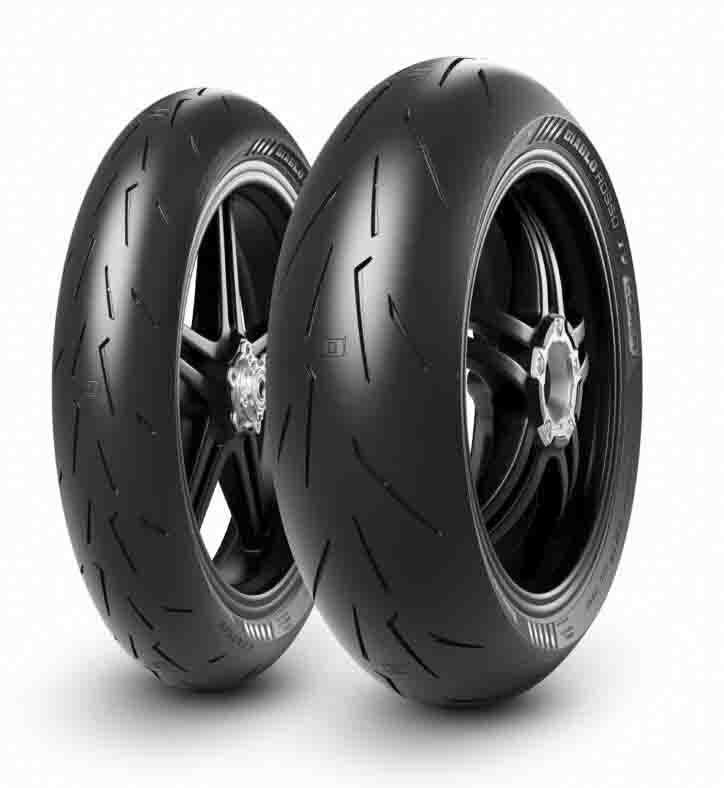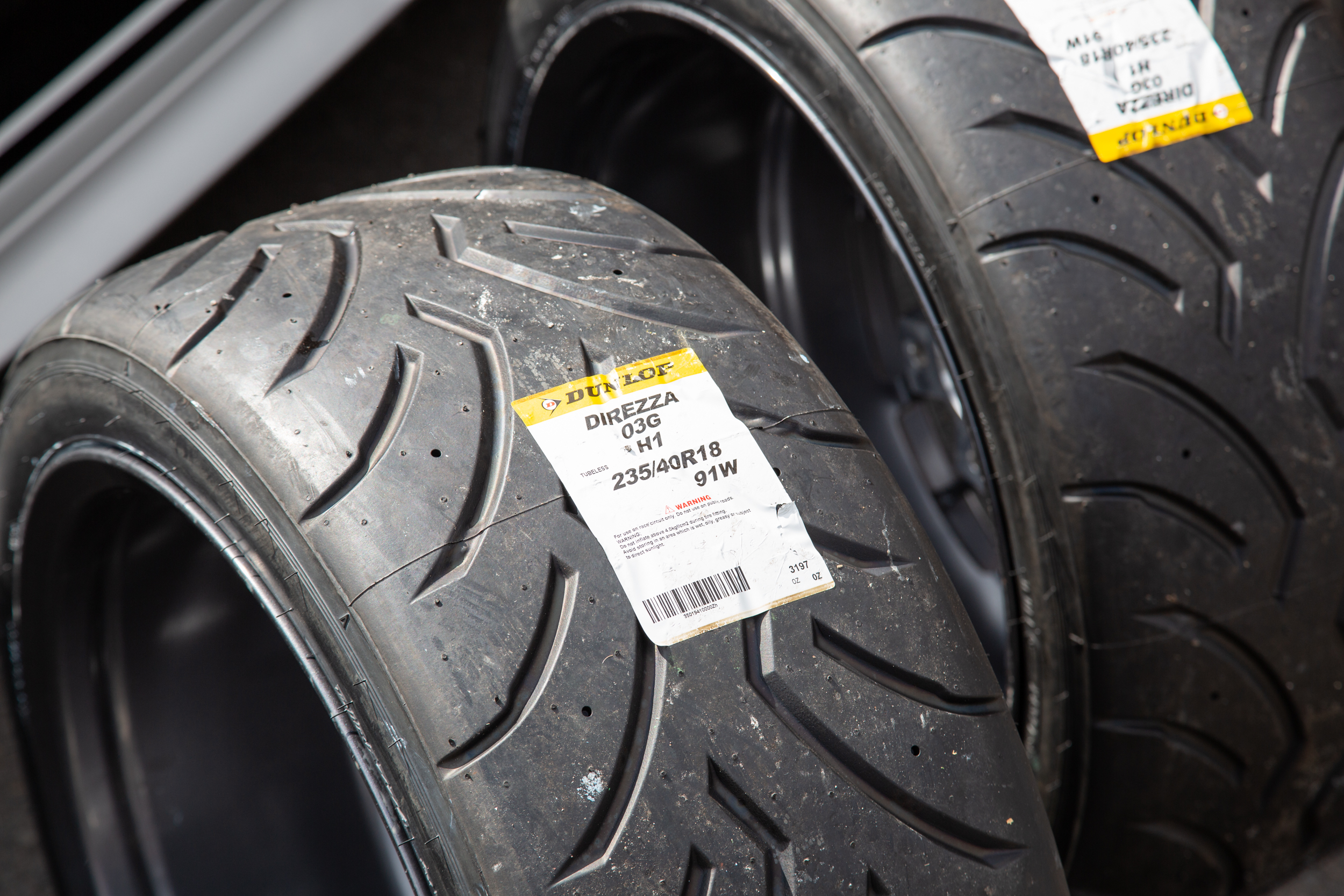All Categories
Featured
Table of Contents
I was able to obtain 100 hours out of among these tires, and while it had definitely no tire lugs left on it, the soft compound made it work really wellas long as I was using a soft mousse. Kitt Stringer picture Easy mounting - 3Wear - 3Sidewall strength - 3Performance on roots - 4Performance on damp rocks - 2Traction on dust - 5Cornering ability - 4Traction while braking - 4Self-clearing of dirt and mud - 3Performance in mud - 3Overall predictability or tracking - 3 _ 37 Conclusion: This is a great well-rounded tire with great worth for money.

The wear was consistent and I like for how long it lasted and just how constant the feeling was during usage. This would certainly likewise be a good tire for faster races as the lug size and spacing little bit in well on fast surface. Kitt Stringer image Easy installing - 3Wear - 3Sidewall toughness - 3Performance on roots - 4Performance on wet rocks - 4Traction on dust - 4Cornering capability - 4Traction while braking - 5Self-clearing of dirt and mud - 4Performance in mud - 4Overall predictability or monitoring - 4_42 Conclusion: I liked this tire a great deal.
If I had to buy a tire for hard enduro, this would be in my leading option. Easy placing - 3Wear - 3Sidewall strength - 3Performance on roots - 4Performance on damp rocks - 3Traction on dust - 4Cornering ability - 3Traction while stopping - 3Self-clearing of dust and mud - 4Performance in mud - 4Overall predictability or monitoring - 3 _ 34 Verdict: This tire was extremely soft and pliable.
All the gummy tires I examined carried out relatively close for the initial 10 hours or so, with the champions going to the softer tires that had much better grip on rocks (Tyre deals). Acquiring a gummy tire will absolutely provide you a strong benefit over a regular soft compound tire, however you do spend for that advantage with quicker wear
Affordable Tyre And Wheel Services
This is an excellent tire for springtime and loss conditions where the dirt is soft with some moisture still in it. These tried and tested race tires are great all around, but put on rapidly.
My general winner for a difficult enduro tire. If I had to spend cash on a tire for daily training and riding, I would pick this one.
Tyre Deals – Eden Hill
I have actually been running a collection of Michelin Power Pilot 2CT's on my track Daytona 675 for the previous year. Because time I have done 15 track days in all weather conditions from chilly wet to very hot and these tires have actually never ever missed a beat. All-season tyres. I have actually done virtually 2,000 miles (3,200 km) on them and as you can see from this shot of the front taken after first session of my 15th track day on them, they still have rather a whole lot of rubber left on them
In brief the 2CT is a remarkable track day tyre. If you're the sort of biker that is likely to encounter both damp and completely dry problems and is beginning on course days as I was in 2014, then I think you'll be difficult pressed to locate a far better worth for cash and proficient tire than the 2CT; a set of which will certainly set you back around 185 (US$ 300) in the UK.
Thinking of a better all round road/track tire than the 2CT need to have been a difficult task for Michelin. The outcome of that effort is the Michelin Pilot Power 3 which essentially changes the Pure. Do not puzzle this new tyre with the roadway going Pilot Road 3 which is not created for track usage (although some riders do).
They motivate significant self-confidence and supply fantastic grasp levels in either the damp or the dry. When the Pilot Power 3 launched, Michelin recommended it as a 50:50% roadway: track tyre. That message has actually lately transformed due to the fact that the tyres are currently suggested as 85:15% roadway: track usage rather. All the cyclist reports that I've checked out for the tire rate it as a better tyre than the 2CT in all locations yet specifically in the damp.
Reliable Tyre Inspections Near Me – Eden Hill WA
Technically there are many differences between both tires even though both use a dual compound. Aesthetically you can see that the 2CT has less grooves cut into the tyre yet that the grooves run to the edge of the tire. The Pilot Power 3 has more grooves for better water dispersal however these grooves don't reach the shoulder of the tire.
One facet of the Pilot Power 3 which is different to the 2CT is the brand-new 2CT+ innovation which extends the harder middle section under the softer shoulders (on the back tire). This need to offer a lot more security and minimize any type of "agonize" when speeding up out of corners in spite of the lighter weight and even more adaptable nature of this brand-new tyre.

Although I was slightly dubious regarding these reduced stress, it ended up that they were fine and the tires carried out really well on track, and the rubber looked better for it at the end of the day. Just as a factor of reference, other (rapid group) bikers running Metzeler Racetecs were utilizing tire pressures around 22-24 psi for the rear and 24-27 psi on the front.
Developing a much better all round road/track tyre than the 2CT need to have been a hard job for Michelin. The outcome of that effort is the Michelin Pilot Power 3 which basically changes the Pure. Do not puzzle this brand-new tyre with the road going Pilot Roadway 3 which is not developed for track use (although some riders do).
Reliable Low-cost Tyres
They influence massive self-confidence and provide amazing hold levels in either the wet or the completely dry. When the Pilot Power 3 launched, Michelin advised it as a 50:50% roadway: track tire. That message has actually lately changed since the tyres are now recommended as 85:15% road: track usage rather. All the cyclist reports that I've read for the tyre price it as a much better tire than the 2CT in all areas however particularly in the wet.

Technically there are plenty of distinctions between both tyres also though both make use of a double compound. Aesthetically you can see that the 2CT has less grooves reduced into the tyre however that the grooves run to the edge of the tyre. The Pilot Power 3 has more grooves for much better water dispersal but these grooves don't get to the shoulder of the tyre.
One facet of the Pilot Power 3 which is different to the 2CT is the new 2CT+ modern technology which expands the harder middle section under the softer shoulders (on the back tyre). This need to provide a lot more security and reduce any kind of "wriggle" when speeding up out of corners regardless of the lighter weight and more versatile nature of this new tire.
I was slightly suspicious about these reduced stress, it turned out that they were fine and the tyres carried out actually well on track, and the rubber looked much better for it at the end of the day - Low-cost tyres. Just as a point of referral, various other (rapid team) riders running Metzeler Racetecs were making use of tire stress around 22-24 psi for the back and 24-27 psi on the front
Latest Posts
Best Wheel Alignment Near Me
Top Tyre Care Near Me – Bassendean
Affordable Performance Tyres Near Me ( Swan 6055 WA)